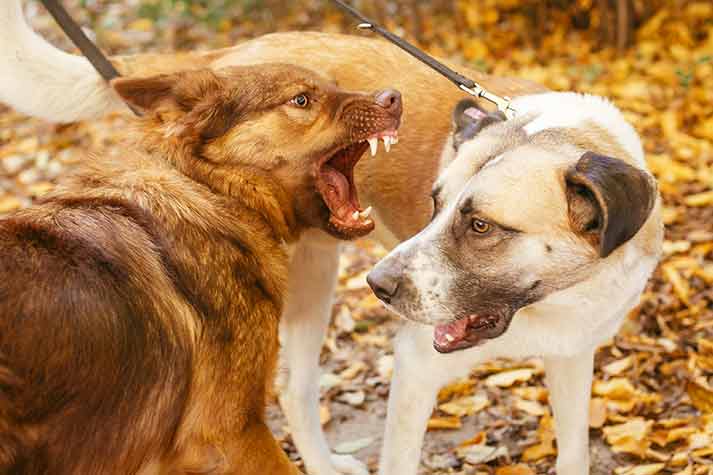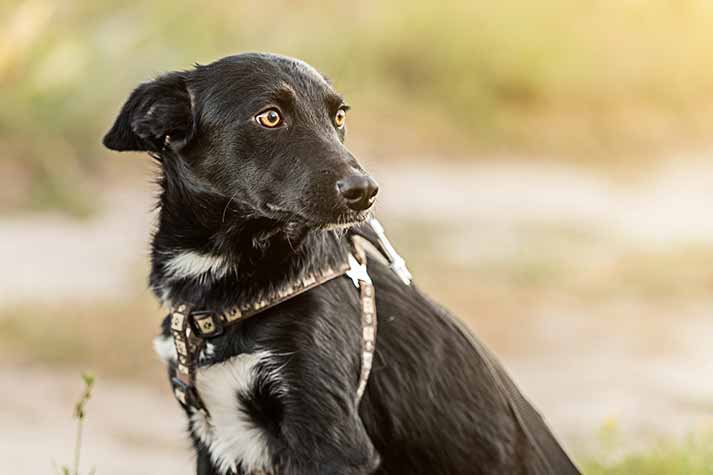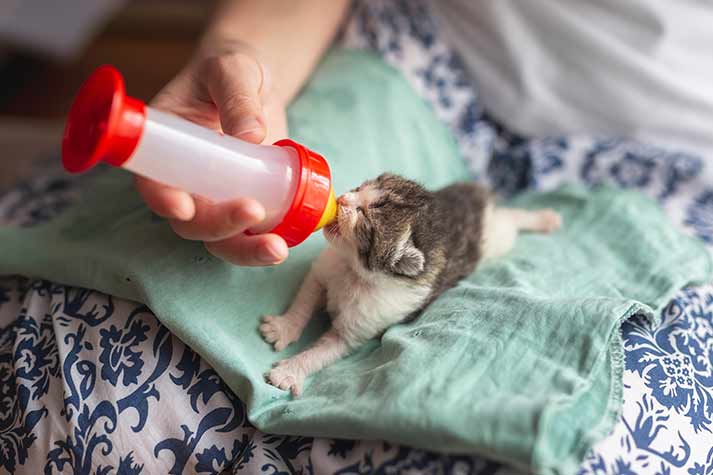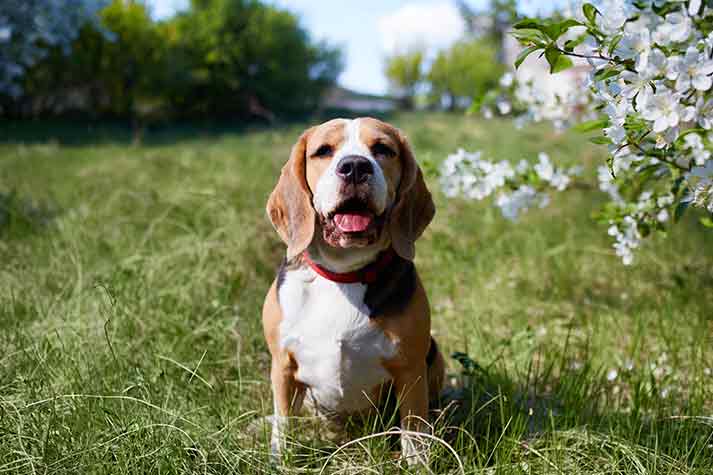
18 Sep
How to Reduce Aggression in Pets
Aggression in pets can feel stressful for both the owner and the animal. A sudden growl, snapping at strangers, barking at visitors, or resisting travel are common signs of stress or fear. While it may feel worrying, the good news is that aggression can be managed with the right care, training, and patience.
In this blog, we’ll explore practical solutions, vet-approved methods to calm pets, and easy pet aggression training tips that you can use at home. We’ll also cover how to stop dog aggression, how to handle dog aggression and travel anxiety, and ways of reducing pet stress during pet travel.
Why Pets Show Aggression
Aggression is not always a sign of a “bad” pet. It’s often a form of communication. Dogs, cats, and other pets use aggression when they feel:
- Fearful - Loud sounds, unfamiliar people, or other animals may scare them.
- Protective - Some pets react aggressively to guard their home, food, or toys.
- In pain - Illness or injury can make even a gentle pet react harshly.
- Stressed - Sudden changes like travel, new environments, or visitors may lead to aggression.
Understanding the cause is the first step before looking for ways on how to stop dog aggression or aggression in other pets.
How to Stop Dog Aggression
Stopping aggression is not about punishing a pet but teaching them calmer ways to respond. Here are some simple steps:
- Identify the trigger - Watch closely when your pet shows aggression. Is it around strangers, food, travel, or other dogs? Once you know the cause, you can work on reducing it.
- Positive reinforcement - Reward calm behavior with treats, praise, or toys. If your dog stays quiet when someone rings the doorbell, give them a treat. Over time, they’ll connect calmness with rewards.
- Avoid harsh punishment - Yelling, hitting, or using shock collars often makes aggression worse. Pets respond better to patience, calm energy, and rewards.
- Desensitization and counter-conditioning - Slowly introduce the trigger in safe, small doses. For example, if your dog barks at strangers, start by letting them see people from a distance while offering treats. As they grow comfortable, reduce the distance gradually.
- Stay Consistent - All family members should follow the same commands, rewards, and rules. Inconsistency confuses pets and slows down training.
These are some of the most recommended pet aggression training tips, and while progress takes time, many pets show significant improvement within weeks.
Dog Aggression and Travel Anxiety
Traveling with pets often brings out another challenge, their aggression and travel anxiety. Some dogs whine, bark or ash out when in cars, flights or news places. There are some useful methods that make trips easier:
- Start small: Take short car rides that end in positive places like a park. Avoid only traveling to the vet or groomer. This will make pets generate dislike towards traveling.
- Comfort items: Carry their favourite toy, blanket, or even a piece of your clothing. Familiar smells reduce stress.
- Safe carriers: Secure travel crates, carriers or seatbelt harness keep pets safe and calm.
- Soothing aids: Vet-approved calming sprays, pheromone diffusers, or calming jackets work for many pets.
- Light feeding: Don’t give a heavy meal right before travel. If your pet gets motion sick, ask your vet about solutions.
Vet-Approved Methods to Calm Pets
Every pet is different, but there are some vet-approved ways to help calm your pet down. One of the most useful ways is exercising and playing. A tired pet is often a calm pet, as daily walks, runs, and play sessions release extra energy. Mental stimulation is another method in which you indulge the pet with puzzle toys, chew toys or training sessions to keep their mind active and reduce frustration.
You can also create a quiet space at home like a crate, bed or even a corner where your pet feels secure. Teach your pet words like “relax” or “settle” and reward them when they show calm body language. In case of severe aggression, consult a vet or animal behaviorist. Sometimes medication or structured therapy is needed.
When to Seek Professional Help
While home training works for many, certain situations call for expert care. If your dog bites, lunges, or shows repeated severe aggression, consult a vet immediately. Professionals can check if it’s medical, recommend behavior therapy, or prescribe safe medication.
Aggression in pets can be managed with patience, consistent training, and love. Using pet aggression training tips, vet-approved calming methods, and by addressing dog aggression and travel anxiety, you can help your furry friend feel safer and more relaxed. Remember, aggression is often just a signal of fear or discomfort, it’s up to us to listen and respond with care.






AUTHOR’S BIO
Carry My Pet
Passionate pet enthusiasts and globetrotters, dedicated to easing furry friends' journeys worldwide. Penning tales of compassion at CarryMyPet, where every relocation is a tail-wagging adventure.